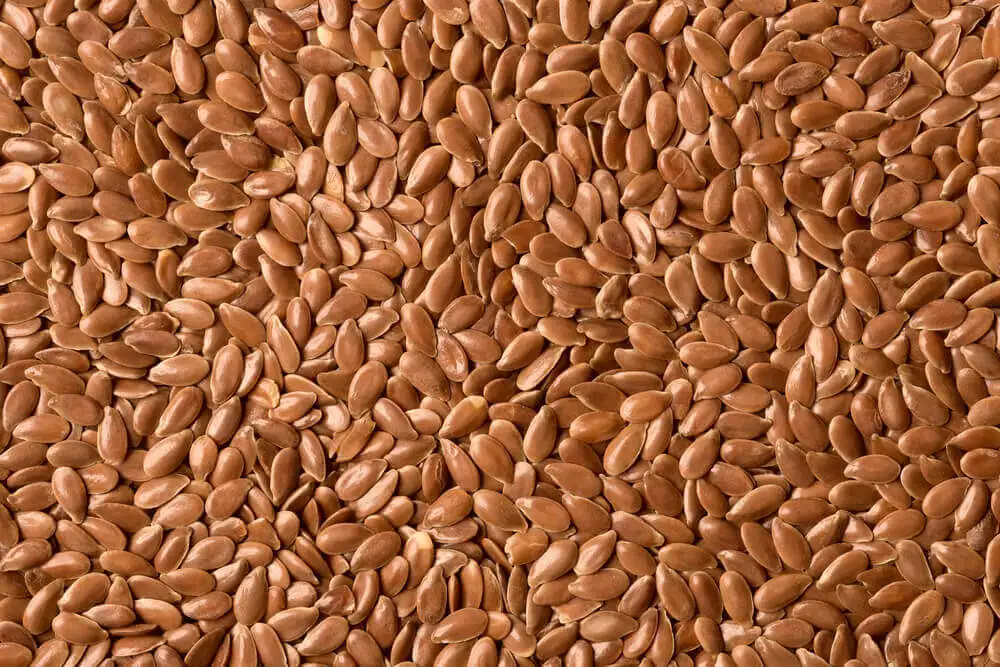Linoleum Flooring: Learn All About It and Its Advantages and Disadvantages

Made from linseed oil, sawdust, and other solidifying elements, linoleum flooring is a type of flooring that is increasingly used. Although it’s existed for more than a century, current technological improvements allow for a higher quality and longer-lasting composition. As a result, it’s often chosen as an alternative to ordinary flooring.
A linoleum floor has characteristics that make it suitable for any home today. It has good resistance, long life, and is affordable.
However, it also has a number of disadvantages compared to other types of subfloors. It’s often compared (and sometimes confused) with vinyl flooring. But each has its own composition and particularities. Let’s take a close look.
What is linoleum flooring?
This is a type of flooring made from linseed oil or flaxseed, a seed also used in gastronomy and cosmetics. This component is mixed with other materials to achieve solidification. Some of them can be cork dust, sawdust, or stone. It’s then placed on a canvas or jute fabric support.
To acquire different colors, pigments are added to the mixture. Finally, thanks to its adhesive properties, the linoleum floor is unfolded and added to the paving of the room.
In this way, it’s possible to obtain a floor with a smooth texture and granular appearance, which has multiple varieties of designs, formats, and shades.
A centuries-old origin
The origin of linoleum flooring dates back to the mid-19th century, when the British manufacturer Frederick Walton created it almost by chance. It was widely used for decades, especially for corridors, hallways, and living rooms.
However, during the 20th century, it was displaced by alternatives, such as vinyl flooring. Due to its sustainable characteristics and improvements in recent years, linoleum flooring is once again being used both in public spaces and in family homes.

We think you may also enjoy reading this article: Foolproof Tricks to Remove Candle Wax from Clothes, Floors and Furniture
Uses of linoleum flooring
This type of underlayment has a number of characteristics that make it ideal for certain specific environments. For example, thanks to their long life and resistance, it’s common to choose them to cover the floors of factories, stores, and hospitals. These are spaces where there’s frequent traffic, which is something that linoleum flooring can withstand better than other types of floors.
It also has a good resistance to water, which makes it ideal for kitchen areas. Other people who tend to use these types of floors are those with allergies, because they repel dust mites.
Floors made of this material are quite common in public spaces, but also in family homes. Thanks to their sustainable characteristics, more and more people choose them to cover floors, walls, and even some furniture. This is due to their versatility and the variety of models.
The advantages of linoleum flooring
Flooring made from linseed oil has many advantages over other coatings. In addition to those already described, they are easy to install and quiet.
Environmentally friendly
Linoleum flooring is considered environmentally friendly because it’s made from naturally occurring and biodegradable materials. In addition, it includes components derived from recycling. Undoubtedly, it’s a more environmentally friendly option.
Varied and versatile
These floors are available in a wide range of formats, colors, and designs. With different finishes and pigmentations, it’s possible to choose from options that adapt to personal tastes and home environments.
Easy installation
Linoleum flooring is marketed in roll form, unfolded, and installed with its adhesive component. It’s therefore very easy to install. In addition, it’s possible to extend it over the existing flooring, so no construction work is necessary to change the floor.
Safe
Thanks to its composition materials, this type of flooring delays the spread and action of fire. This is a feature that makes this type of floor safer in case of accidents.
Antistatic
Perhaps the main advantage of linoleum is that it has an antistatic quality. Linseed oil gives it properties that repel dust mites, dust, and bacteria, making it ideal for people with allergies.
Accessible
Despite all its advantages, this type of flooring is accessible to many people. It’s one of the most budget-friendly options on the market. The initial investment is not a problem.
Silent and resistant
A condition that few floors have is to be silent and resistant at the same time. The thickness and components of linoleum flooring make it have good acoustic damping, in addition to significant resistance and ease of cleaning.

Like this article? You may also like to read: Learn How to Create a Weekly Cleaning Plan That’s Perfect for Your Home
The disadvantages of linoleum flooring
Like any material or household item, linoleum flooring also has some cons. It’s important to consider all the features before choosing a flooring for the house:
- Moisture and cement. Linoleum flooring accumulates moisture, therefore, it can contract and expand. This makes it incompatible with cement. Therefore, it cannot be installed directly on cement.
- Common damages. Despite its resistance to traffic, it’s prone to damage caused by heavy weights and sharp objects.
- Sunlight. It isn’t recommended to install it in exterior spaces, since the sun’s rays and high temperatures can damage its composition.
- Maintenance. To preserve its original properties and conditions, annual maintenance should be carried out, in which a sealant is applied.
Linoleum or vinyl flooring?
Many people often confuse these two flooring options. Although they have some similarities, especially in terms of the function they serve, they are quite different alternatives. One such difference is that linoleum is made from natural materials.
Meanwhile, vinyl flooring is based on chemicals, such as PVC. However, both have good water resistance, are easy to install, and are affordable.
A good ecological alternative
Linoleum flooring is not a perfect material, but it’s a great alternative for the home, adaptable to different environments and aesthetic preferences. If you intend to opt for a more environmentally friendly option, it’s recommended. However, it’s important to analyze all its advantages and disadvantages before choosing it.
All cited sources were thoroughly reviewed by our team to ensure their quality, reliability, currency, and validity. The bibliography of this article was considered reliable and of academic or scientific accuracy.
- Carvalho, Cláudia et al. “Pathology and Rehabilitation of Vinyl and Linoleum Floorings in Health Infrastructures: Statistical Survey.” Buildings 9.5 (2019): n. pag. Buildings. Disponible en: https://doi.org/10.3390/buildings9050116
- Vives Piqué, Mª Rosa, Implementación de los plásticos en el grabado y la estampación. El Artista [Internet]. 2010; (7):98-119. Recuperado de: https://www.redalyc.org/articulo.oa?id=87417258007
- Carvalho, Cláudia et al. “Vinyl and Linoleum Floorings in Health Infrastructures: Maintenance Recommendations Based on Fieldwork Data.” Current Topics and Trends on Durability of Building Materials and Components – Proceedings of the 15th International Conference on Durability of Building Materials and Components, DBMC 2020. International Center for Numerical Methods in Engineering, 2020. 891–898. Disponible en: https://doi.org/10.23967/dbmc.2020.149
- Pacheco, Fernanda, Oliveira, Maria Fernanda, Fonseca Tutikian, Bernardo, Krumenauer, Marcelo, Reis de Medeiros, Daniel, Development of lightweight concrete subfloor with ethylene vinyl acetate (EVA) aggregates waste to reduce impact sound in flooring system. Dyna [Internet]. 2017;84(201):290-295. Recuperado de: https://www.redalyc.org/articulo.oa?id=49650911036
This text is provided for informational purposes only and does not replace consultation with a professional. If in doubt, consult your specialist.








